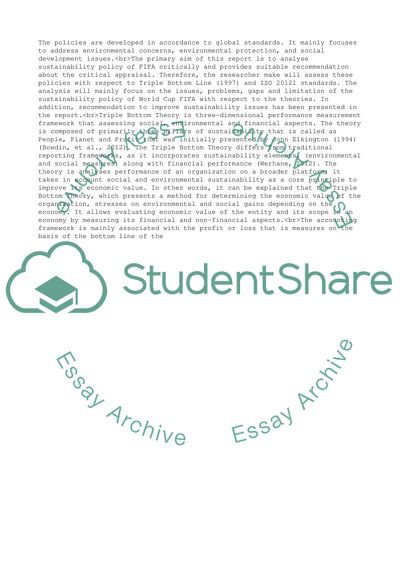Cite this document
(Critically thinking about one event sustainability policy Essay, n.d.)
Critically thinking about one event sustainability policy Essay. https://studentshare.org/management/1855773-critically-thinking-about-one-event-sustainability-policy
Critically thinking about one event sustainability policy Essay. https://studentshare.org/management/1855773-critically-thinking-about-one-event-sustainability-policy
(Critically Thinking about One Event Sustainability Policy Essay)
Critically Thinking about One Event Sustainability Policy Essay. https://studentshare.org/management/1855773-critically-thinking-about-one-event-sustainability-policy.
Critically Thinking about One Event Sustainability Policy Essay. https://studentshare.org/management/1855773-critically-thinking-about-one-event-sustainability-policy.
“Critically Thinking about One Event Sustainability Policy Essay”. https://studentshare.org/management/1855773-critically-thinking-about-one-event-sustainability-policy.


